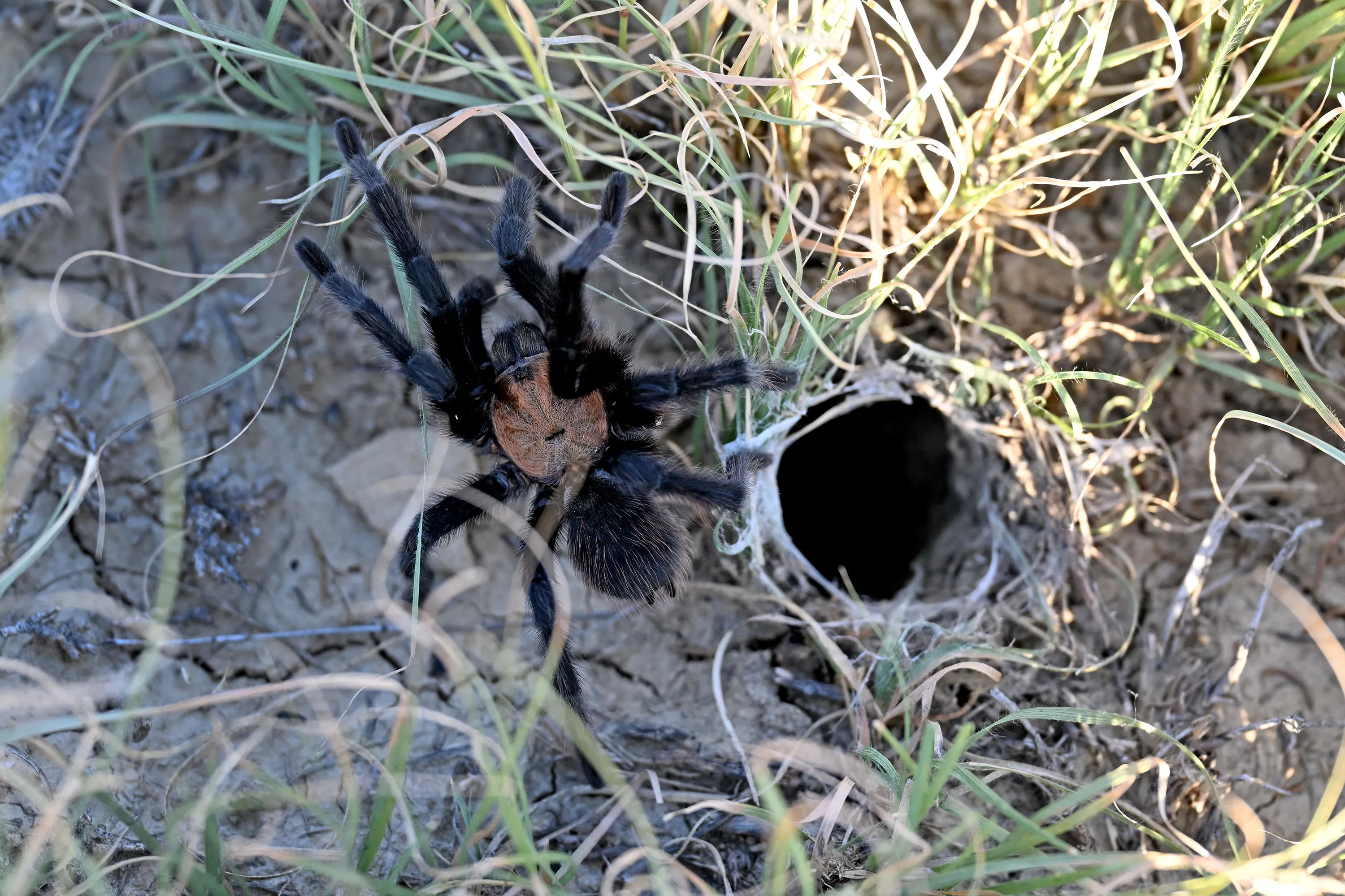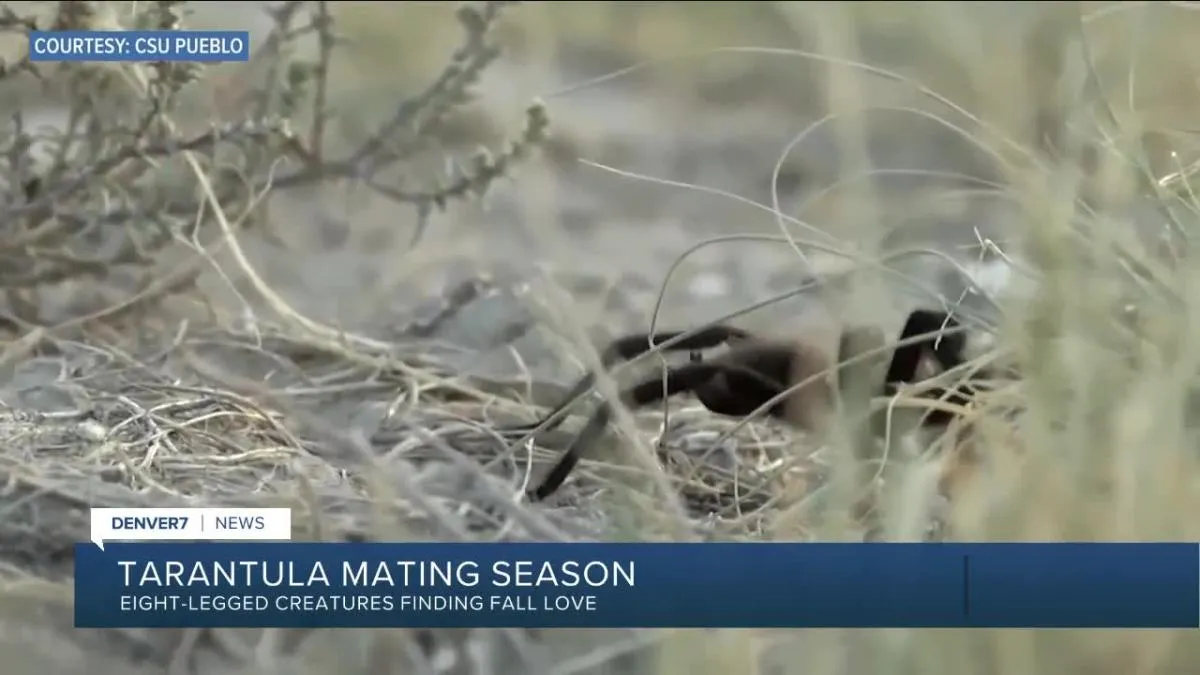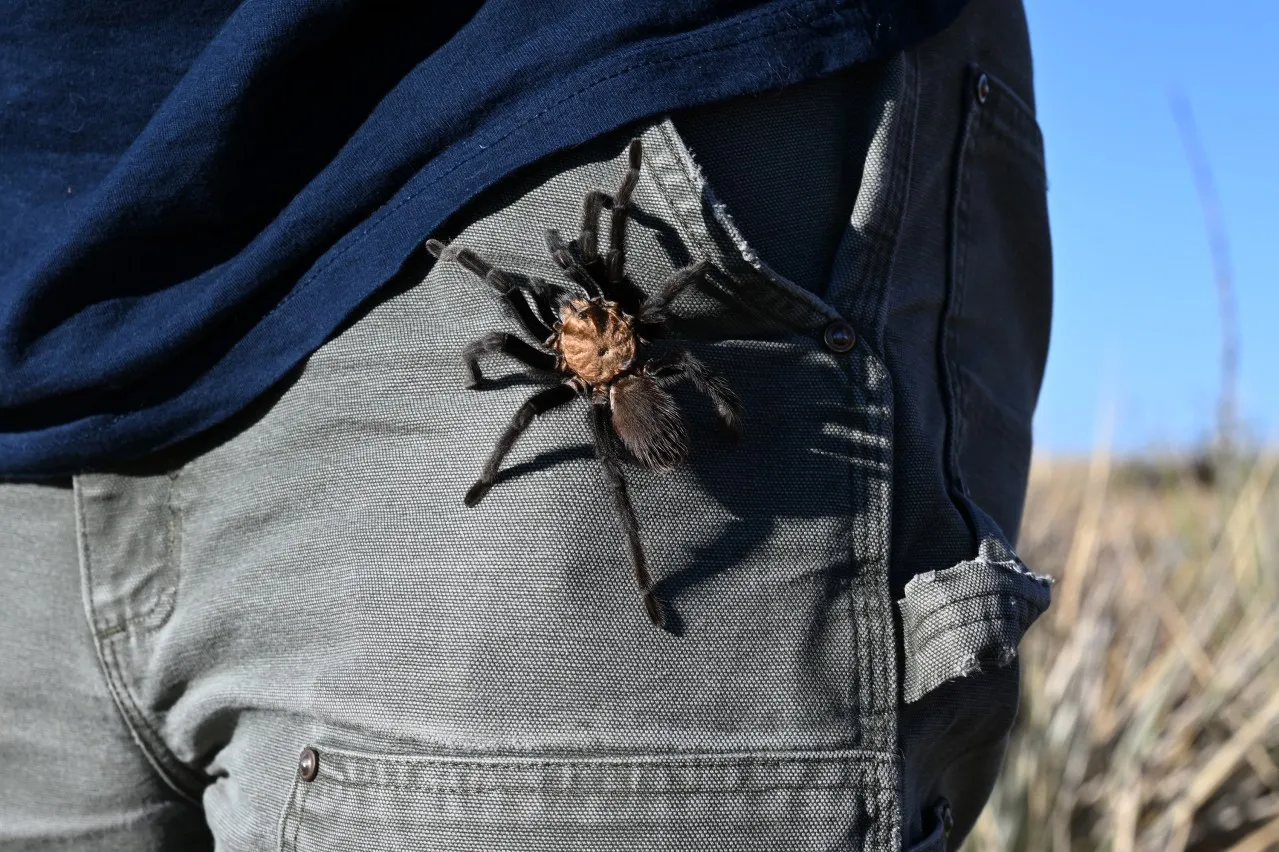What is Tarantula Migration?
Tarantula migration is a fascinating natural phenomenon that occurs annually in various regions, including parts of Nevada. It’s the time when these large, hairy spiders embark on a journey, often in search of mates. This migration usually involves adult male tarantulas leaving their burrows to find females. The sight of hundreds, sometimes thousands, of tarantulas on the move is a spectacular display of nature’s cycles. The behavior is primarily driven by the need to reproduce, ensuring the survival of their species. During this period, they become more visible and active, making them easier to spot. The duration and intensity of the migration can vary depending on factors such as weather conditions and the specific tarantula species. Understanding this process provides valuable insights into their life cycle and ecological roles.
Understanding the Nevada Tarantula Species
Several species of tarantulas call Nevada home, with the most common being the Aphonopelma chalcodes, also known as the Desert Blonde tarantula. These spiders are well-adapted to the harsh desert environment, with their bodies covered in hairs that help them regulate temperature and conserve moisture. They typically live in burrows, which they dig themselves or find pre-existing ones. These burrows provide shelter from extreme temperatures and predators. Nevada tarantulas are nocturnal hunters, feeding on insects, small reptiles, and occasionally small rodents. The females can live for many years, while males have a shorter lifespan, primarily focused on finding a mate during their migration. Their role in the ecosystem is important, helping to control insect populations and serving as a food source for other animals.
Where and When to Observe Nevada Tarantula Migration?

The best time to witness the tarantula migration in Nevada is typically during the late summer and early fall, often from late August through October. The exact timing can vary depending on the weather and the specific location. Popular areas to observe this spectacle include the desert regions of Nevada, such as areas around Las Vegas, Reno, and the surrounding valleys and foothills. The migration often occurs during or after periods of rainfall, as the moisture encourages the spiders to come out. Observing the migration requires patience and a willingness to venture into the spiders’ natural habitat. It is often best to go out at dusk or dawn when tarantulas are most active. It’s crucial to remember that these are wild animals, so observing them from a safe distance is essential.
Nevada Tarantula Migration Top 5 Facts
Fact 1 About Migration
Male tarantulas initiate the migration to find a mate. They leave their burrows, driven by hormonal changes and the instinct to reproduce. This journey is a crucial part of their life cycle, and it often puts them at risk from predators and environmental hazards. The males are usually larger than females, and their primary goal is to find a female and mate before their lifespan ends. They use pheromones to attract females and are prepared to travel considerable distances.
Fact 2 About Migration

The migration is largely triggered by the mating season and the environmental conditions. Factors such as temperature, humidity, and rainfall can influence the timing and intensity of the migration. Generally, the late summer and early fall offer the most favorable conditions for the spiders to move. The spiders become more active during this period, making them more visible to observers. These environmental cues signal to the tarantulas that it is time to seek a mate and reproduce before the weather changes. The migration can be a spectacular natural event, with many spiders moving at the same time.
Fact 3 About Migration
Tarantulas do not typically attack humans unless provoked. Despite their intimidating appearance, tarantulas are generally not aggressive. They prefer to avoid confrontation. When threatened, they may raise their front legs and show their fangs as a warning. Their bite is not usually dangerous to humans, causing only minor pain and irritation. It’s important to avoid handling tarantulas and to observe them from a distance. They use their fangs to inject venom into their prey, but the venom is relatively weak and does not typically cause serious harm to humans. Many people keep them as pets.
Fact 4 About Migration
Female tarantulas can lay hundreds of eggs, which they protect in a silken egg sac. After mating, the female tarantula will create an egg sac to protect her eggs. The eggs hatch in a few weeks, and the spiderlings stay with their mother for a short period before dispersing. The females invest a lot of energy and time in protecting their offspring, ensuring the survival of their species. They are highly protective and are capable of defending their young against predators. The survival rate of the spiderlings depends on various factors, including environmental conditions and the availability of food.
Fact 5 About Migration

The tarantula migration is a vital part of the ecosystem and plays an important role in insect control. Tarantulas are predators, and their presence helps to regulate insect populations. They feed on a variety of insects, contributing to the overall balance of the ecosystem. They also serve as a food source for other animals, such as birds, reptiles, and mammals. The migration is a natural process, and it highlights the interconnectedness of the environment. Conservation efforts are essential to protect their habitat and ensure their survival.
Tips for Safe Tarantula Viewing
To safely observe the tarantula migration, it’s important to take certain precautions. Always maintain a safe distance from the spiders. Wear sturdy shoes and long pants to protect yourself from potential bites and scratches. Avoid walking in tall grass or brush where tarantulas might be hiding. Bring a flashlight for nighttime viewing. Never attempt to handle or provoke the tarantulas. Be aware of your surroundings and watch out for other wildlife. It’s also important to respect the environment and avoid disturbing the spiders’ habitat. Observe them quietly and enjoy this amazing natural event responsibly, making sure to leave the area as you found it.
What to Do If You Encounter a Tarantula
If you encounter a tarantula, the best approach is to remain calm and observe it from a distance. Avoid sudden movements or any actions that might frighten the spider. If the tarantula is in your path, slowly walk around it, giving it plenty of space. Do not try to touch or capture the tarantula. If the spider is inside your home, gently encourage it to move outside by opening a door or window. If you are bitten, wash the area with soap and water and seek medical attention if you experience any severe symptoms. Remember that the bite is usually not dangerous, but it is always a good idea to err on the side of caution.
Conclusion

Witnessing the tarantula migration in Nevada is a remarkable experience. It provides a unique opportunity to observe these amazing creatures in their natural habitat. By understanding their behavior, knowing where and when to look for them, and following safety guidelines, you can enjoy this natural spectacle responsibly. The migration is a reminder of the diversity and complexity of the natural world and the importance of protecting our ecosystems. So, grab your gear, head out to the Nevada desert, and prepare to be amazed by the tarantula migration!
